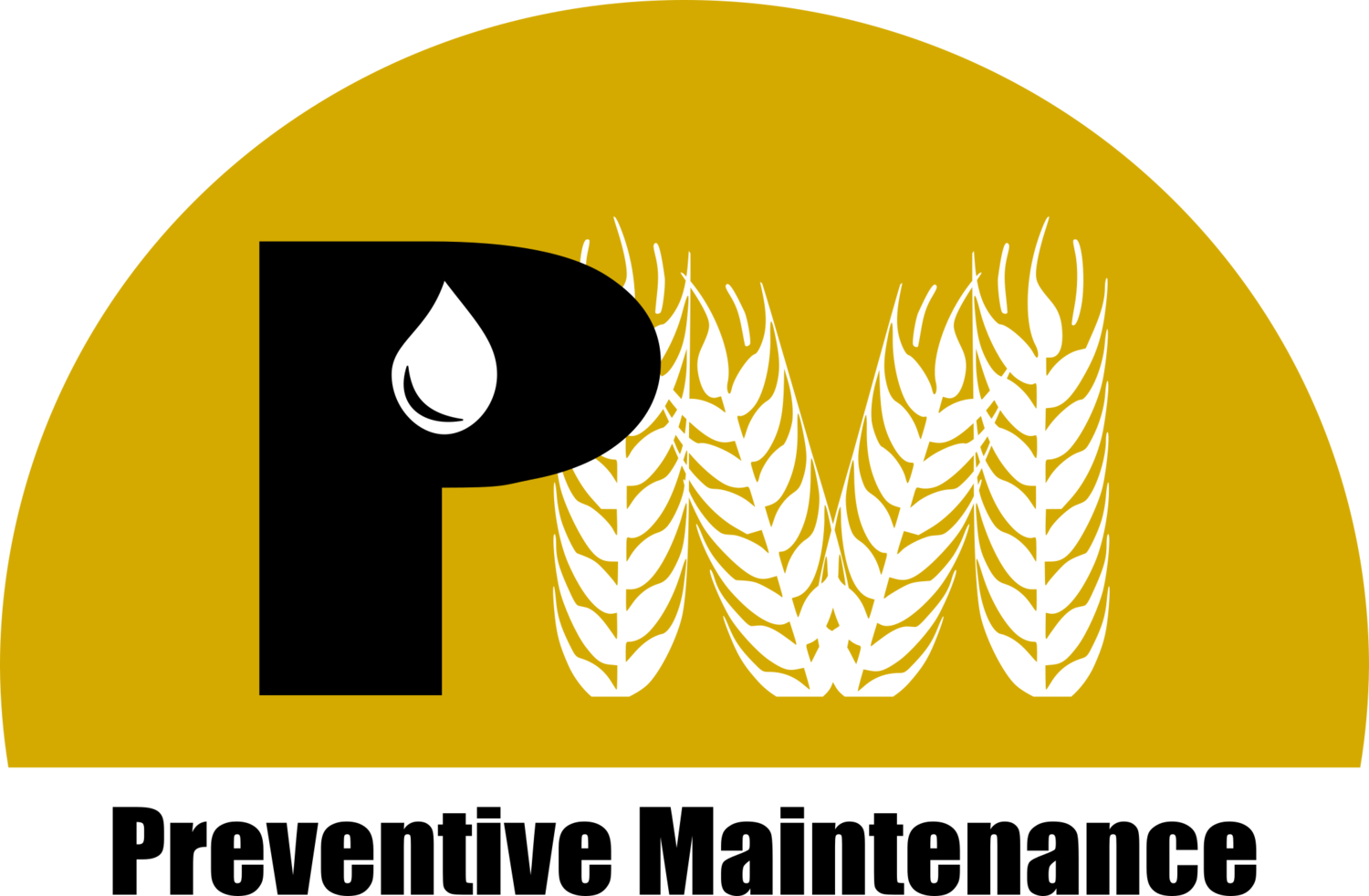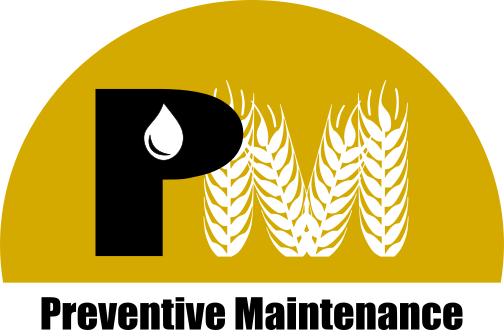Penergetic K Silage Trial
The trial was conducted on two treatments: Control and Penergetic K. Each treatment was applied to a different plot of land, and the silage was harvested and analyzed to determine the impact of each treatment on the quality of the silage.
Results
| Treatment | Acre Harvested | Yield | Total Yield | Wet Weight/Acre | Crude Protein |
|---|---|---|---|---|---|
| Penergetic | 31.5 | 5.9T | 185T | 12.9T | 4.20% |
| Control | 29.1 | 5.5T | 159T | 11.5T | 3.90% |
After correcting the yield information to 62.5% moisture and converting the measurement to metric tonnes, the results of the trial showed that Penergetic outperformed the control treatment in two key areas. First, the yield per acre was higher in the Penergetic treatment. the Penergetic treatment produced 14.22 MT per acre, while the control treatment produced only 13.15 MT per acre. This represents a 7.5% increase in yield for the Penergetic treatment.
In addition to higher yields, the Penergetic treatment also had higher levels of crude protein in the silage. Specifically, the Penergetic treatment had a 7% increase in crude protein compared to the control treatment. This is an important factor for livestock farmers, as crude protein is a critical nutrient for animal health and productivity.
Conclusion
Based on the results of this trial, we recommend that farmers consider using Penergetic in their silage production. Not only did the Penergetic treatment produce higher yields, but it also had higher levels of crude protein. These factors can have a significant impact on animal health and productivity, ultimately leading to higher profits for the farm.
If you're interested in learning more about Penergetic and how it can benefit your silage production, we encourage you to click the link below or Contact Us for more information.



